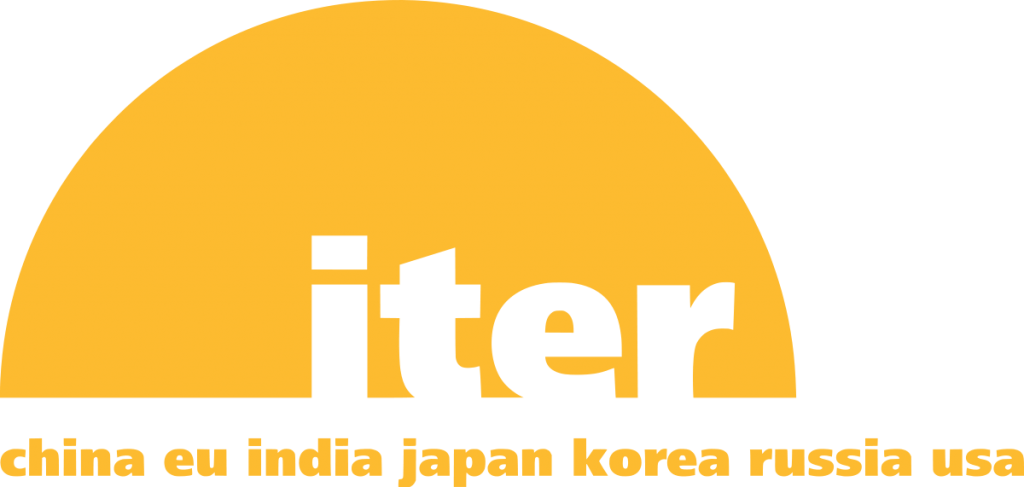- Client: European Commission - DG Energy
- Implementation period: January, 2018 - July, 2018 (Completed)
- Geographic coverage: European Union
- Theme: Energy
- Topic:
- Experts: Koen Rademaekers, Rob Williams, Niclas Gottmann
How is the EU contribution to the ITER project best provided in the future?
The world’s most ambitious endeavour to move nuclear fusion towards commercial exploitation is the design and construction of the ITER facility at Cadarache, in the south of France. There are seven parties participating in the ITER project: the European Union (including Switzerland), Japan, China, Korea, the Russian Federation, India, and the USA. Europe has taken the lead in this project with a 45% stake of the construction costs of which 80% is funded from the EU budget and 20% by France as the ITER host country. Currently, the European contribution to ITER is provided in the form of its own EU Multiannual Financial Framework (MFF) programme and managed by Fusion for Energy (F4E).
In line with the Better Regulation guidelines, Trinomics (project lead), together with Cambridge Econometrics, supported the European Commission in the design and execution of an impact assessment (IA). The study was carried out during the first two quarters of 2018. The aim of this IA was to inform lawmakers on the most efficient way to re-organize (if at all) the delivery mechanism of the European budget to ITER taking into account a number of potential future funding scenarios. This document was hence central in discussions on the future allocation of funds directed to ITER under the new MFF coming into force in 2020.

The project revealed the following key findings:
- With regards to the delivery methods, the alternative combinations of delivery models and legal forms do not offer many clear benefits in comparison to the baseline (MFF programme + ‘special’ Joint Undertaking). The potential benefits that they do offer are largely outweighed by the dis-benefits of the disruption they cause (mostly related to delays because of the legal changes required) and consequent increases in risk.
- Naturally, financial scenarios that represent a reduction in yearly available EU funds for ITER carry negative repercussions vis-à-vis the options that would keep funding in line with the delivery schedule established at ITER organisation level.
- When considering the duration of the next MFF, a 7-year (or longer) period is preferred to a 5-year period as the latter option would put re-negotiation of funds in the same year as the next ITER milestone (First Plasma in 2025). Delays in the delivery of First Plasma could then increase the risk of negative repercussions in securing continued EU financial commitment.